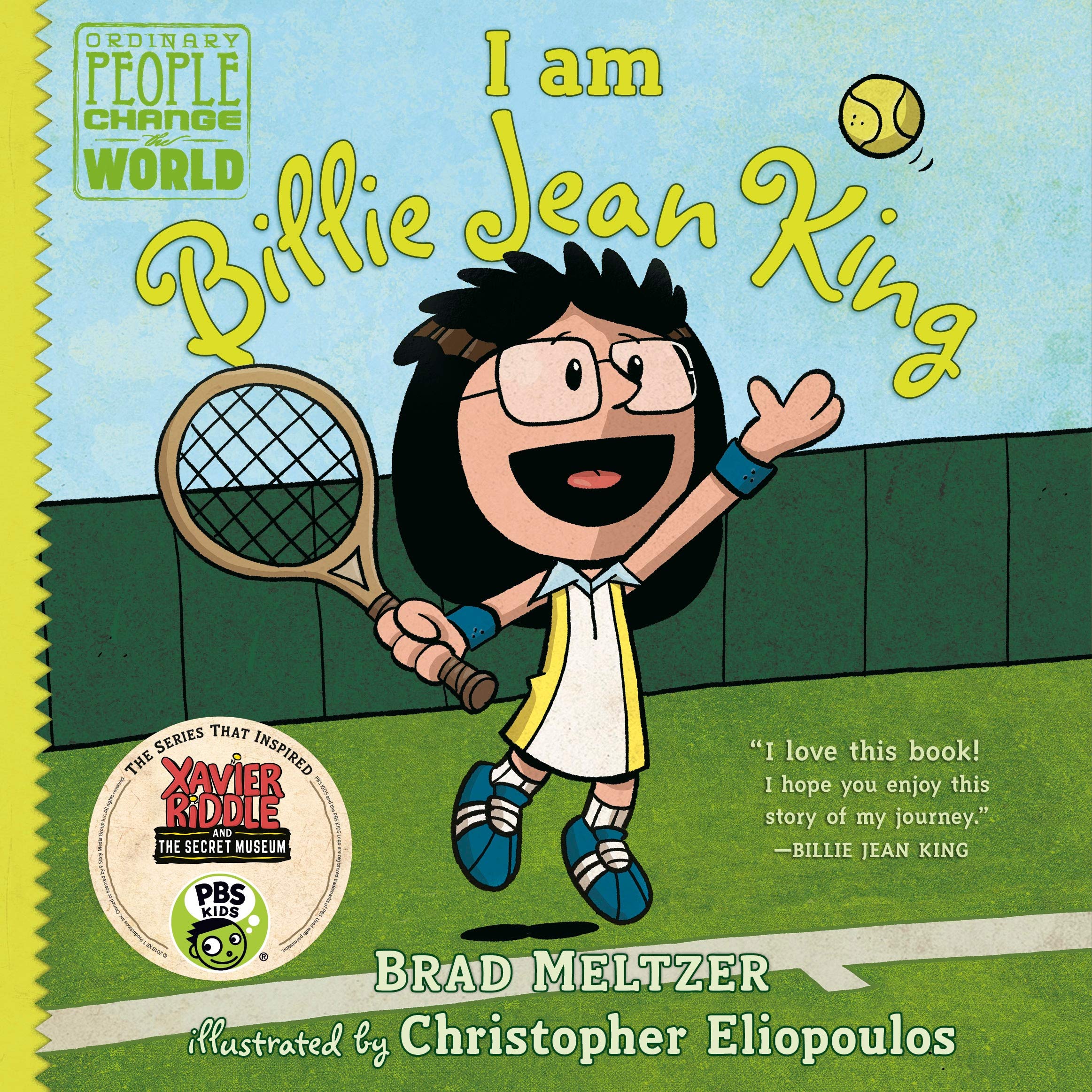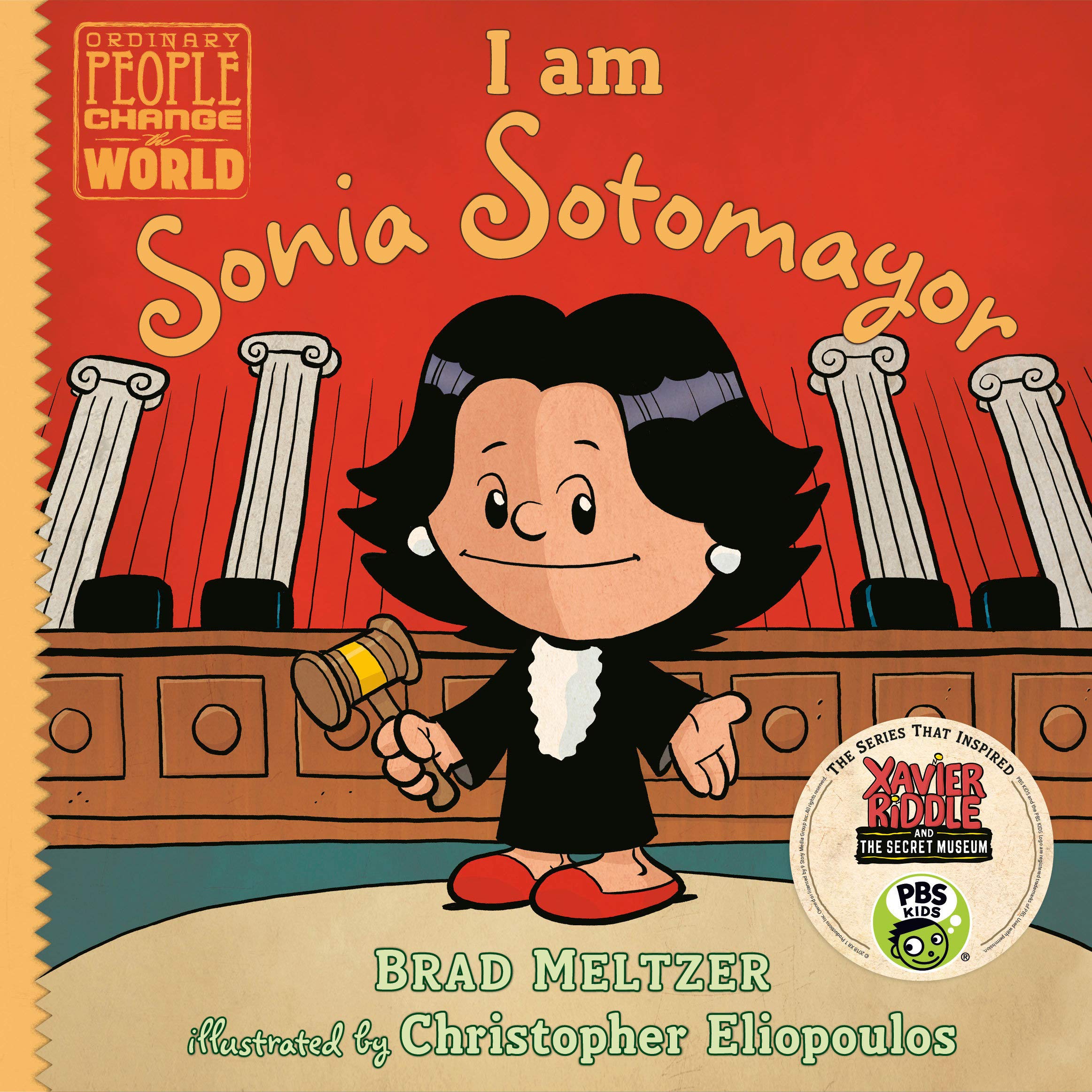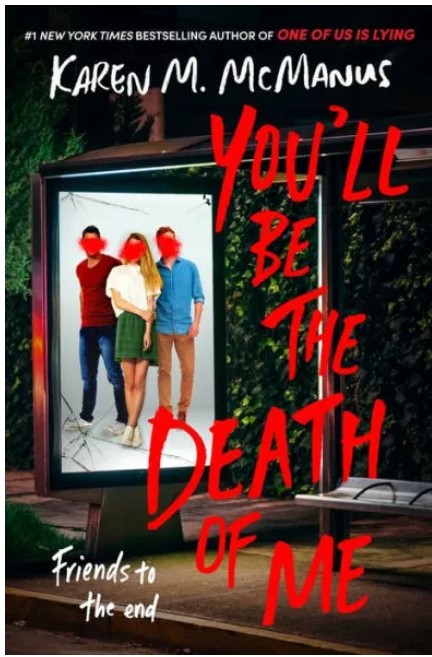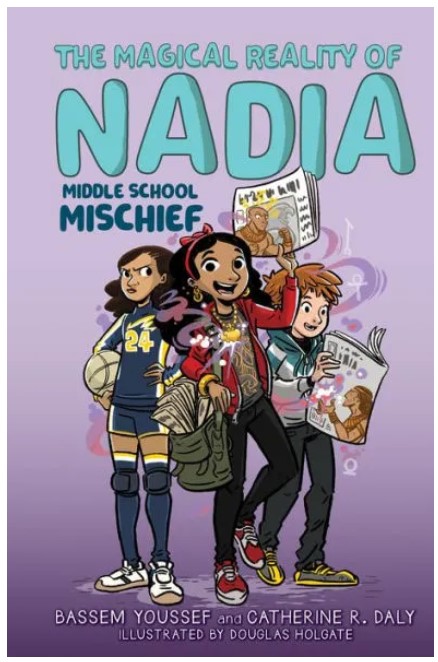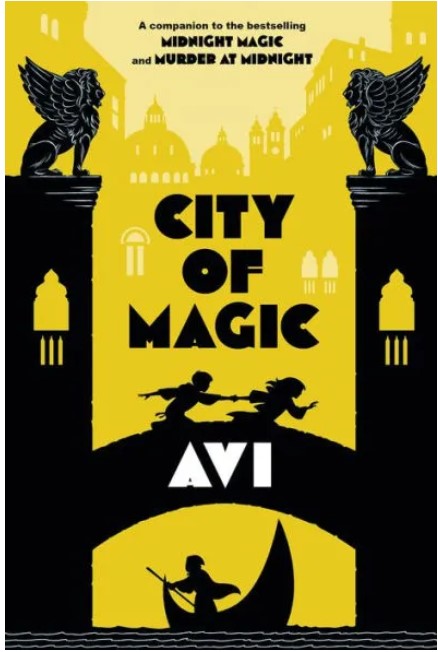Billie Jean King, the world champion tennis player, fought successfully for women’s rights. From a young age, Billie Jean King loved sports—especially tennis! But as she got older, she realized that plenty of people, even respected male athletes, didn’t take female athletes seriously. She set out to prove them wrong and show girls everywhere that sports are for everyone, regardless of gender.
Billie Jean’s story shows the inequity in tennis, which at the time was played mostly by rich, white males. The story focuses on how women were discriminated against. For example, women were paid significantly less. Even though Billy Jean and her partner, Karen Wantze, were the youngest team to ever win Wimbledon, they could not afford to attend the Wimbledon celebration ball.
Right from the start, Bill Jean King’s story begins explaining what “fair play” means. Billie Jean defines fair play, saying, “In sports and in life, it means you respect the rules and treat everyone equally.” Most of Billie Jean’s story focuses on equity in sports, but it leaves out what exactly Billie Jean did to help solve the problem. However, the book’s message is positive: “All of us are powerful in our own ways. So how do you get to be your best self? By practicing, sweating, and giving everything you’ve got. And when you have nothing left, give more.” Later in her life, President Obama awarded Billie Jean the Presidential Medal of Freedom for being “one of the first openly lesbian sports figures, and for using sports to create social change.”
Colorful, full-page illustrations show important aspects of Billie Jean’s life beginning when she was a little girl. The book’s text includes speech bubbles as well as short paragraphs. Throughout the book, Sonia and some of the other characters are cartoonish. The cartoonish figure of Billie Jean does not change throughout the book; when she is an adult, she is pictured with other players who look like adults, yet Billie Jean still looks like a child which is a little disconcerting. When groups of people appear, the people are diverse and include both male and female. The end of the book has a timeline of Billie Jean’s life and six pictures of her. In the last line, Billie Jean says, “Be bold. If you’re going to make an error, make a doozy, and don’t be afraid to hit the ball.”
Younger readers will enjoy I am Billie Jean King’s fun format, conversational text, and positive message. However, the heavy focus on equity may be difficult for younger readers to understand. For these readers, parents may wish to read the book with their child and discuss some of the important achievements Billie Jean made for women. To explore equal rights further, read A Girl Named Rosa: The True Story of Rosa Parks by Denise Lewis Patrick, which is another inspirational book about fighting for equal rights.
Sexual Content
- Billie Jean realizes that she is gay. “Being gay means that if you’re a girl, you love and have romantic feelings for other girls—and if you’re a boy, you love and have romantic feelings for other boys.”
Violence
- None
Drugs and Alcohol
- None
Language
- None
Supernatural
- None
Spiritual Content
- None
